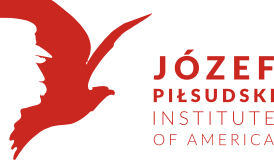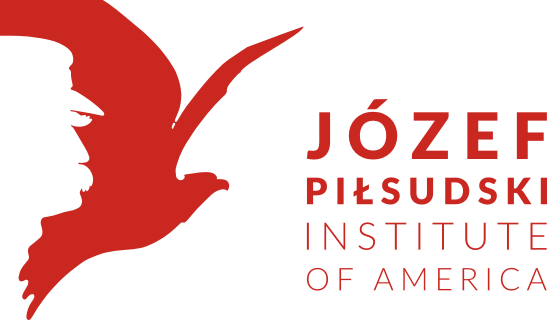 President Mościcki in Nowy Targ, Poland in 1929
President Mościcki in Nowy Targ, Poland in 1929
I really like black and white photographs, and those from the time period of the Second Polish Republic have special charm. It was undoubtedly a very interesting, though not easy, period in the history of Poland. The process of merging the multinational and multireligious parts of the Republic, which until recently were part of three different states, was extremely challenging. Economically, the country was backward after many years of Partitions, three different currencies were used, and the existence of the state at the beginning of the 1920s was very fragile. It was a period of dramatic struggle for the shape of Poland's borders: the heroic defense of Lviv and the fights for Eastern Galicia, conflict with the Czechs over Zaolzie, the time of the Silesian uprisings, the Greater Poland Uprising, and the Polish-Bolshevik war of 1919-1921.
Rebuilding the state was a long and difficult process. Undoubtedly, despite the enormous difficulties that Poland was facing at that time, a lot was achieved. The extraordinary enthusiasm of both: intellectual elites and ordinary people, helped in the transformation process. In the 1920s, the Polish government introduced a monetary reform. The reform saved Poland from hyperinflation and a new currency - the Polish zloty was introduced. A number of new universities were opened; including, University of Science and Technology in Krakow, University of Poznań, and Stefan Batory's University in Vilnius was re-opened.
In the 1930s, to lift the economy, the government introduced a plan for development of infrastructure and heavy industry. The time of the Second Polish Republic was also a period of flourishing of Polish culture. The famous group of Scamanders was active, writers reached for new styles in literature, and cabaret life flourished in larger cities. The great stars of Polish cinema, Eugeniusz Bodo, Adolf Dymsza and Hanna Ordonówna, created unforgettable film characters. Howevern, during the twenty years of free Poland, not all problems have been solved. In the 1930s, the Polish state was hit by the global economic crisis, which caused growing social unrest. It was clear that a complete rebuilding of the state would require the effort of more than one generation. Celebration of Anniversary of the May 3rd Constitution, Warsaw 1935
Celebration of Anniversary of the May 3rd Constitution, Warsaw 1935
At the Institute's, we preserve a collection of photos from the Second Polish Republic's period. The photographs depict Poland's officials, with focus on foreign relations, one can see for example, Polish delegation signing the Treaty of Riga in 1921, visits of foreign representatives in Warsaw (visit of the King of Afghanistan and the King of Romania, General MacArtuhr, Marshal Foch), celebrations of national holidays, President Mościcki's trip to Poland in 1929. We invite you to see the collection.









